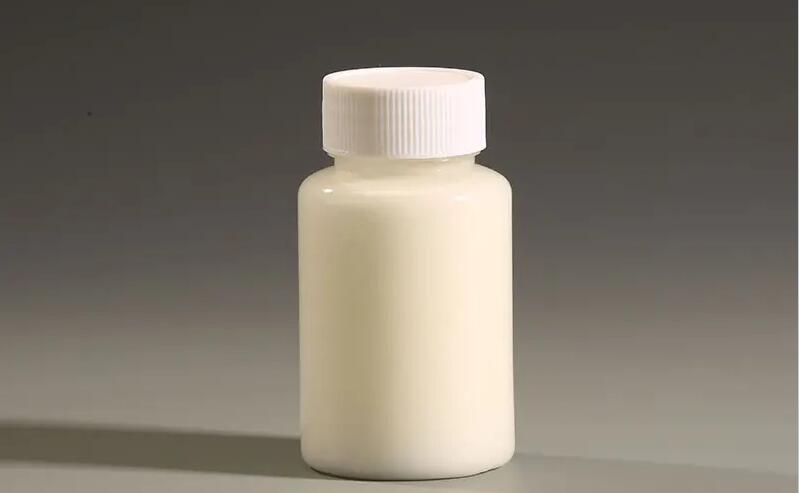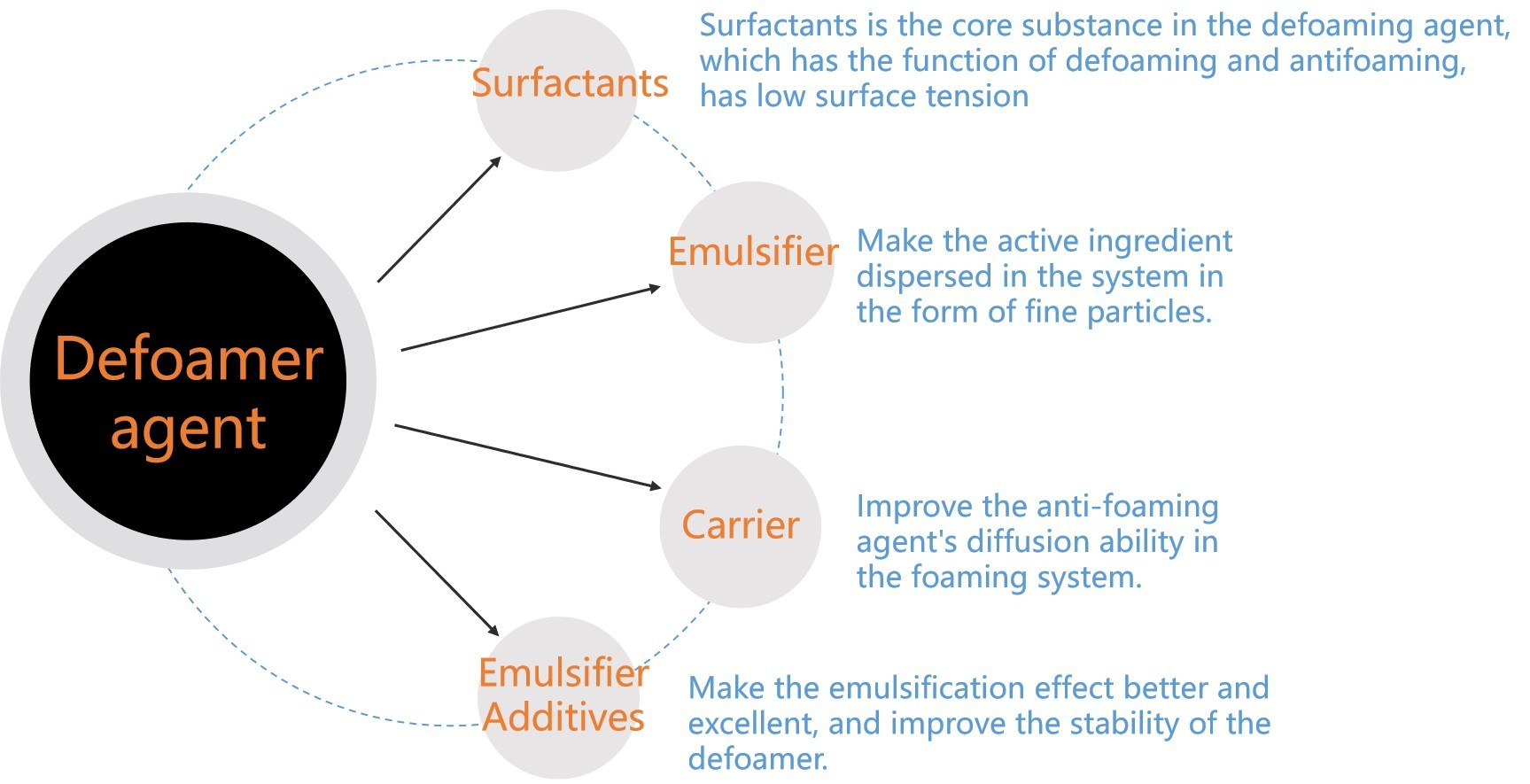A vegyipari gyártás világában a folyamatok hatékony és zökkenőmentes működése kulcsfontosságú. Az egyik kulcsfontosságú tényező, amely akadályozhatja a termelékenységet és befolyásolhatja a termékminőséget, a habképződés. Ennek a kihívásnak a leküzdésére az iparágak nagymértékben támaszkodnak a következőkre:Habzásgátlók, más néven habzásgátlók. Ebben a cikkben mélyebben beleássuk magunkat a habzásgátlók mögött álló tudományba, a vegyipari gyártásban betöltött alapvető szerepükbe, és abba, hogyan teszik lehetővé a zökkenőmentesebb és hatékonyabb folyamatokat.
Mi az a habzásgátló?
A habzásgátló egy kémiai adalékanyag, amelyet a habképződés elnyomására és szabályozására terveztek különféle ipari folyamatok, különösen a vegyipari gyártás során. A hab, azaz a folyadékba vagy szilárd anyagba zárt gázbuborékok gyűjteménye, levegő bevezetése, keverés vagy kémiai reakciók következtében keletkezhet. Ez a nemkívánatos habképződés számos problémához vezethet, például csökkent termékhozamhoz, megnövekedett feldolgozási időhöz és a berendezések esetleges károsodásához.
A habzásgátlók főbb összetevői és működési elve:
A habzásgátlók több aktív összetevőből állnak, amelyek közül a szilikon alapú vegyületek a leggyakoribbak. Ezek a vegyületek alacsony felületi feszültséggel rendelkeznek, így gyorsan terjednek a hab felületén. Érintkezéskor a habzásgátlók felrepesztik a habbuborékokat, ami a bezárt gáz felszabadulásához vezet. Ezenkívül a habzásgátlók tartalmazhatnak hidrofób részecskéket vagy olajokat, amelyek elősegítik a habszerkezet destabilizálását, biztosítva a hatékonyabb hablebontást.
A jelentkezési folyamat:
A habzásgátlókat jellemzően közvetlenül a habképző rendszerbe adagolják, akár manuálisan, akár automatizált befecskendező rendszereken keresztül. Alacsony koncentrációigényük miatt általában kis mennyiségű habzásgátló is elegendő a kívánt eredmény eléréséhez. A habzásgátló ezután szétoszlik a habban, és lebontja a buborékokat, ami a hab térfogatának csökkenéséhez és a folyamat hatékonyságának javulásához vezet.
SzerepekHabzásgátló szereka vegyipari gyártásban:
Fokozott folyamathatékonyság:
A habképződés a kémiai gyártási folyamatok hatékonyságának csökkenéséhez vezethet, ami egyenetlen hő- és tömegátadást okozhat. A habzásgátlók segítenek kiküszöbölni ezeket a problémákat, lehetővé téve az egyenletes hőmérséklet-eloszlást és a hatékony tömegátadást a rendszerben. Ez jobb reakciósebességhez és magasabb össztermelékenységhez vezet.
Védőfelszerelés:
Az ipari berendezésekben felhalmozódó hab mechanikai problémákat és korróziót okozhat. A habképződés szabályozásával a habzásgátlók segítenek megvédeni a szivattyúkat, reaktorokat és más kritikus berendezéseket, ezáltal meghosszabbítva azok üzemi élettartamát és csökkentve a karbantartási költségeket.
Megnövelt termékhozam:
A hab értékes összetevőket és részecskéket csapdába ejt, csökkentve a termék hozamát és tisztaságát. A habzásgátlók megakadályozzák ezt a veszteséget, ami magasabb termékhozamot és jobb termékminőséget eredményez.
Biztonságosabb munkakörnyezet:
A túlzott hab veszélyes körülményeket teremthet a munkavállalók számára, korlátozhatja a látási viszonyokat és csúszásveszélyt okozhat. A habzásgátlók csökkentik ezeket a kockázatokat a hab csökkentésével és a biztonságosabb munkakörnyezet biztosításával.
Habzásgátlók specifikus vegyipari gyártási folyamatokban:
Gyógyszeripar:
A gyógyszergyártásban létfontosságú a reakciók és a terméktisztaság pontos szabályozása. A habzásgátlók kulcsszerepet játszanak a termékminőség állandóságának és a magas hozamok biztosításában olyan folyamatok során, mint az erjesztés, ahol a hab gátolhatja a hatékony tápanyagcserét.
Élelmiszer- és italgyártás:
Az élelmiszer- és italgyártásban a habzásgátlók megakadályozzák a túlzott habképződést olyan folyamatok során, mint az erjesztés, a sörfőzés és az üdítőital-gyártás. Ez biztosítja a termék egyenletes textúráját és ízét.
Vízkezelés:
A szennyvíztisztító létesítményekben a habzásgátlók segítik az iszap és a szennyvíz elválasztását, lehetővé téve a hatékonyabb víztisztítást és csökkentve az üzemeltetési költségeket.
Összefoglalva, a habzásgátlók nélkülözhetetlen szerek a ... területén.Vegyipari gyártásA habképződés elnyomásával ezek az adalékanyagok fokozzák a folyamatok hatékonyságát, védik a berendezéseket, növelik a termékhozamot és biztonságosabb munkakörnyezetet teremtenek. Széles körű elterjedésük a különböző iparágakban rávilágít a működési elveik megértésének és az optimális eredmények elérése érdekében történő optimális alkalmazásuk fontosságára. Ahogy a technológia és a kémiai innovációk folyamatosan fejlődnek, a habzásgátlók szerepe a simább és hatékonyabb kémiai folyamatok biztosításában valószínűleg még kritikusabbá válik.
Közzététel ideje: 2023. július 26.




